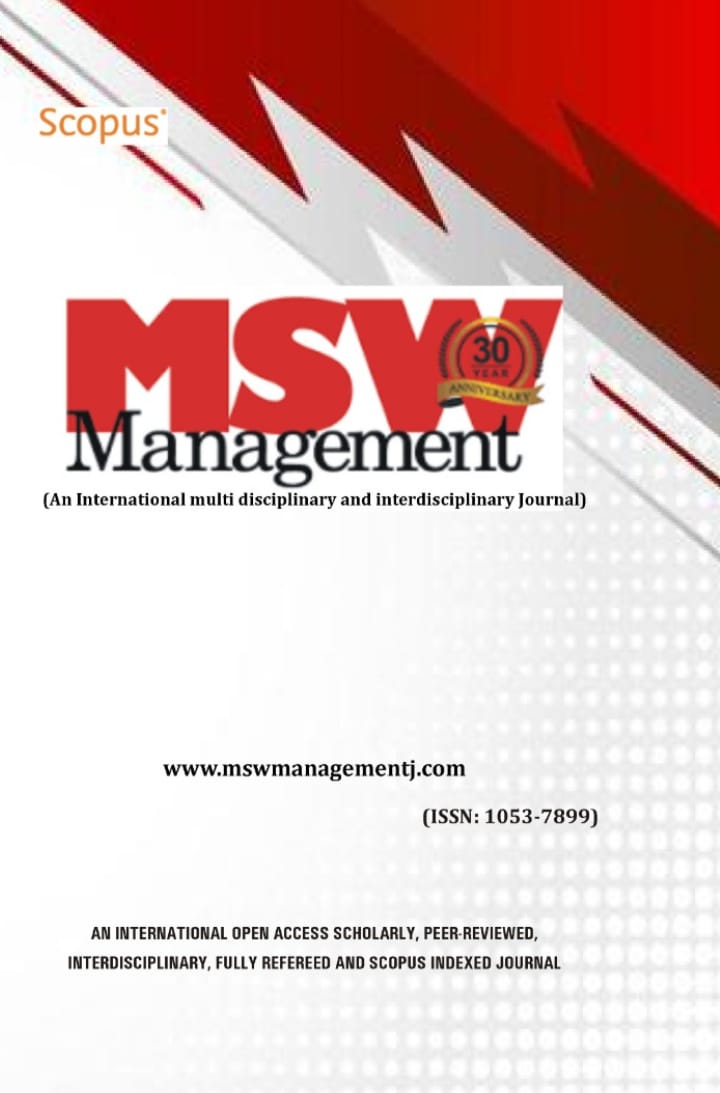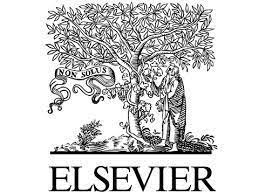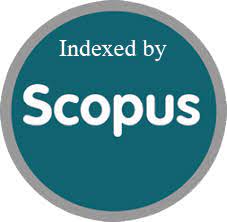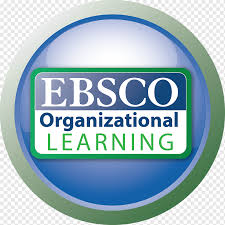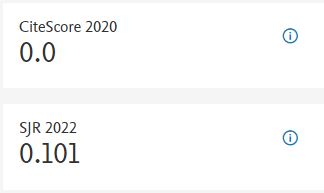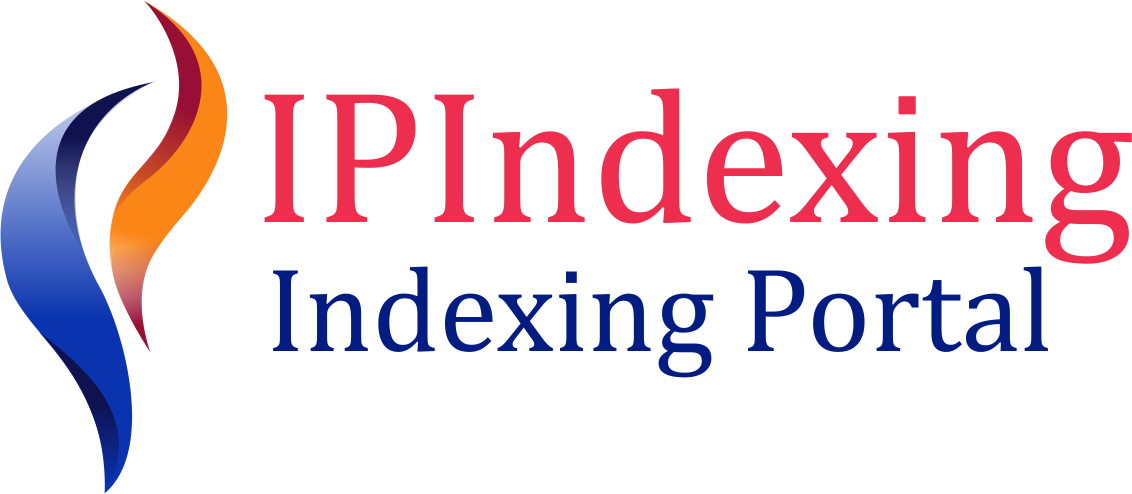THE MATRIX OF STRATEGIC HRD ORIENTATION IN NGOS: A SEARCH FOR SAO-HRDO PARADIGM PROPINQUITIES
DOI:
https://doi.org/10.7492/3xedbe56Keywords:
Non-Governmental Organizations (NGOs), Strategic Action Orientation (SAO), Human Resource Development Orientation (HRDO), People Oriented, Internally Oriented, Prospective HRD and Growth-Oriented HRDAbstract
Purpose
This paper explores the Strategic Human Resource Development practices with the combination of SAO and HRDO dimensions among Indian NGOs. NGOs are being critiqued for their project management than focusing on employee line of orientation. In this paper, Researcher has proposed a cluster model of NGOs to study their relationships.
Design/methodology/approach
In the Current Research, Mixed Research Methodology has been employed. There were two questionnaires including SAO and HRDO used to collect the data from HR managers or administrates and Top NGO executives. The data has been analysed through a few statistical tools like Pearson Correlation, Factor analysis and cluster analysis. The findings of SAO and HRDO usage in NGOS were satisfactory.
Findings
The findings have shown how NGOs are faring with the usage of SAO and HRDO aspects. Firstly, Pearson Correlation has used to establish the relationship between SAO-HRDO aspects. Secondly, the aspects of SAO and HRDO are converging into factors. Thirdly, NGOs have been clustered based on are their similarity in practicing SHRD elements with the combination of SAO and HRDO dimensions.
Originality
The current research paper is unique in nature because it has explored the SAO and HRDO dimensions in NGOs and their practices.
Practical implications
NGOs with the combination of SAO and HRDO dimensions are found to be high performing organizations. Though NGOs are over-critiqued for not focusing on employee growth than project management, these SAO-HRDO parameters could be used to enhance organizational excellence and employee engagement practices.
References
Aboramadan, M. (2018). “NGOs management: a roadmap to effective practices”, Journal of Global Responsibility, Vol. 9, No.4, pp. 372-387.
Aparcana, S., (2017). “Approaches to formalization of the informal waste sector into municipal solid waste management systems in low-and middle-income countries: Review of barriers and success factors”, Waste Management, Vol. 61, pp.593-607.
Banks, N., Hulme, D. and Edwards, M., (2015), “NGOs, states, and donors revisited: Still too close for comfort?”, World Development, Vol. 66, pp.707-718.
Bartram, T., Cavanagh, J. and Hoye, R., (2017), “The growing importance of human resource management in the NGO, volunteer and not-for-profit sectors”, pp.1901-1911
Harsh, M., Mbatia, P. and Shrum, W., (2010), “Accountability and inaction: NGOs and resource lodging in development”, Development and Change, 41(2), pp.253-278.
John, J., Joseph, J. and Mathew, S., (2018). Stepping Up Humanitarian Operations: Lessons From Tropical Cyclone Ockhi. Available at SSRN 3188802.
Knauft, E.B., (1991), Profiles of excellence (No. 658.048 K729p Ej. 1000131). JOSSEY-BASS.
Kross, J. and Giust, A., (2019), “Elements of research questions in relation to qualitative inquiry”, The Qualitative Report, 24(1), pp.24-30.
Lewis, D., (2010), “Nongovernmental organizations, definition and history”, International Encyclopaedia of civil society, pp.1056-1062.
McGann, J. and Johnstone, M., (2006), “The power shift and the NGO credibility crisis”, International Journal of Not-for-Profit Law., vol.8, no.2, p.65.
McQueary, A. (2014), “10 Effective Non-profit Mission and Vision Pages”, available at https://wiredimpact.com/blog/10 Effective Non-profit Mission and Vision Pages (20/03/2019)
Niumai, A. (2006). Management of Non-Governmental Organisations: Trends towards Developed Civil Society. South Asian Journal of Management, vol.13, no.4, p.123.
Nunnally, J. C. (1978). Psychometric theory (2nd ed.). New York: McGraw-Hill.
Patel, V., & R.Thara, eds (2003), “Meeting the mental health needs of developing countries: NGO innovations in India, New Delhi”, Sage Publications, India.
Sharma, P. (2012). Performance Measurement in NGOs. The Management Accountant journal, vol.47, no.12, pp.1442-1445.
Singh, J. (2017). “Unit-26 Role of NGOs in Redressal of Consumer Grievances”. IGNOU, avaialble at http://egyankosh.ac.in//handle/123456789/13515
Sosik, J.J. and Jung, D., (2011). Full range leadership development: Pathways for people, profit and planet. Taylor & Francis, NEW YORK.
Zhang, S., Wang, Z., Zhao, X., and Zhang, M. (2017), “Effects of institutional support on innovation and performance: Roles of dysfunctional competition”, Industrial Management & Data Systems, Vol. 117, No. 1., pp. 50-67.

